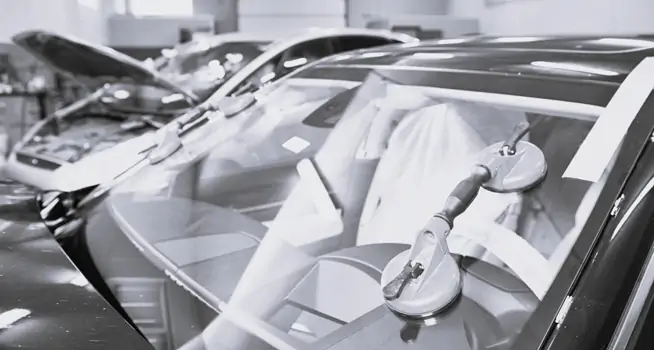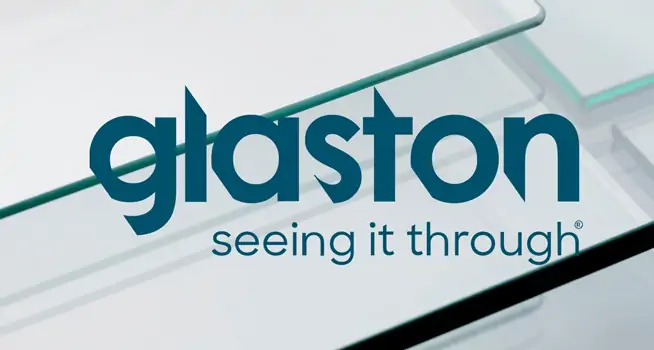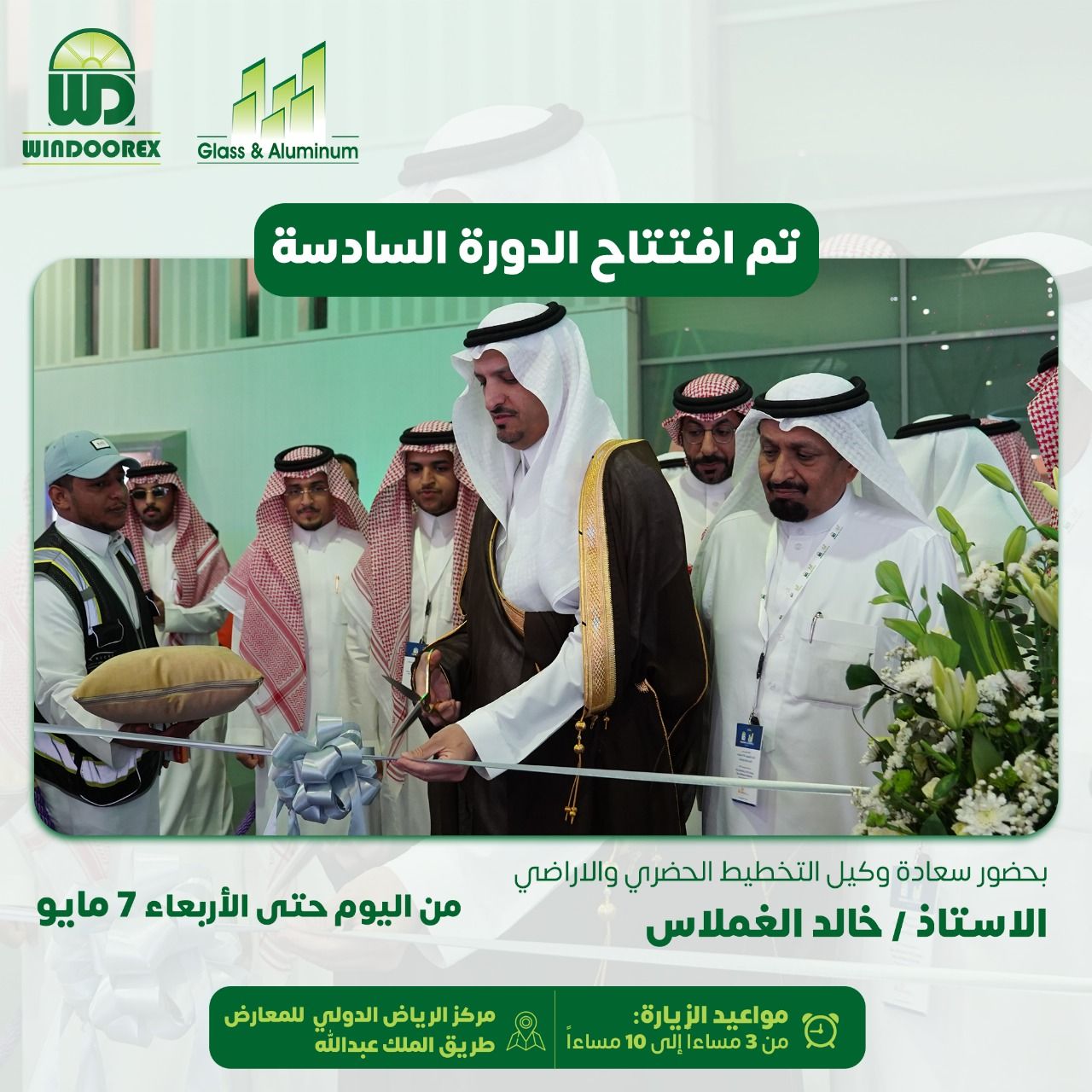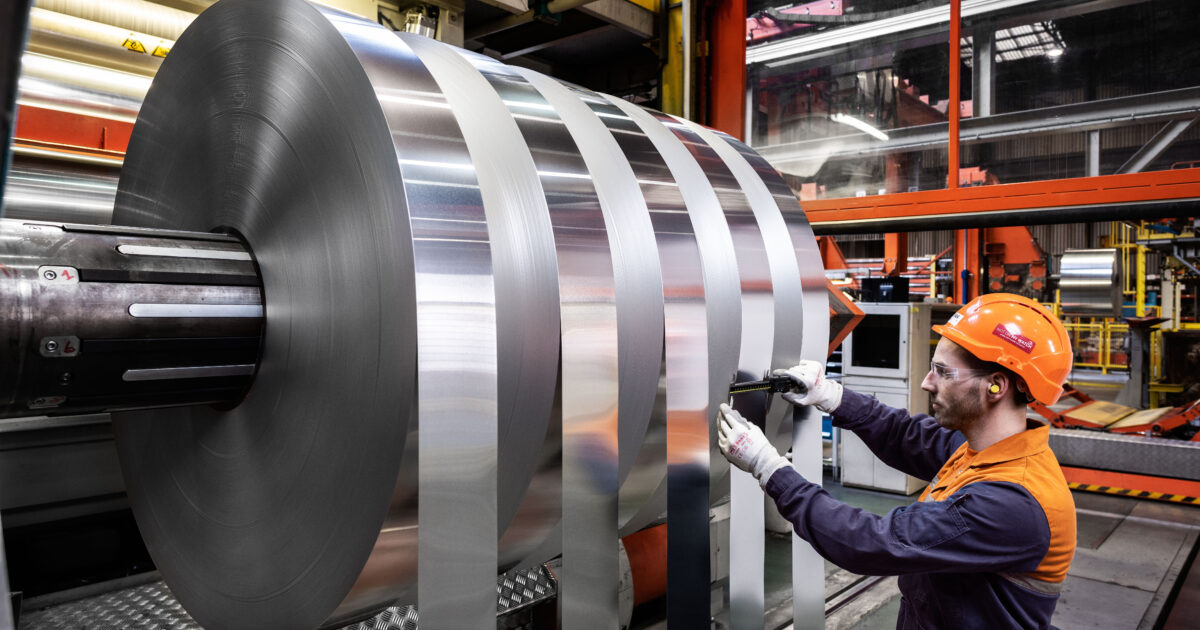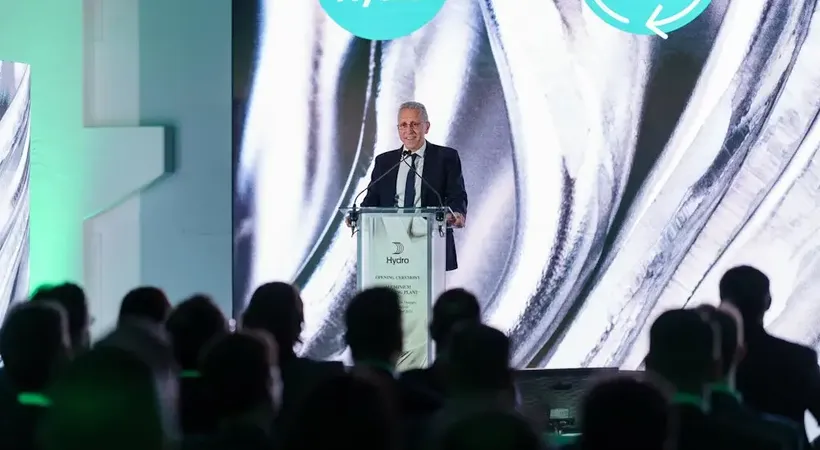The transition to a circular economy is a cornerstone of the European Union’s environmental ambitions.
A vital component of this transition involves maximizing the recovery and reuse of materials from products at the end of their lifecycle. Among these materials, glass, particularly from end-of-life vehicles (ELVs), presents a significant opportunity for sustainable resource management.
Recognizing this, Glass for Europe, the voice of the European flat glass industry, recently joined forces with seven other prominent industry and environmental organizations to issue a joint call for stronger measures to improve the high-quality recycling and reuse of materials from ELVs. This collaborative effort underscores the critical importance of incorporating specific requirements for automotive glass recycling within the upcoming EU End-of-Life Vehicles (ELV) Regulation.
The message is clear: more effective automotive glass recycling is not just an environmental imperative; it is also becoming increasingly crucial for the future sustainability of the flat glass sector itself. Currently, a significant obstacle to high-quality glass recycling from ELVs is the common practice of shredding entire vehicles. When glass components like windscreens and windows are shredded alongside other materials, the resulting mixture is often contaminated and unsuitable for high-quality recycling back into new glass products.
The joint call highlights the necessity for specific requirements within the ELVR that mandate the dismantling and separate treatment of end-of-life glass components. This critical first step – dismantling – is the foundation for achieving high-quality recycling. By separating glass from other vehicle materials before shredding, we can unlock a substantial recycling potential.
Analysis suggests that dismantling glass components before shredding could enable the recycling of up to 500,000 tonnes of automotive glass per year across the EU. The environmental benefits of this are significant. For every tonne of recycled glass used in production, it is estimated that the consumption of raw materials can be reduced by 1.2 tonnes, and CO2 emissions can be cut by at least 600 kg. Therefore, widespread and effective automotive glass recycling at this scale could lead to an annual reduction of at least 300,000 tonnes of CO2 and save 600,000 tonnes of raw materials within the EU.
Encouragingly, some Member States, including France, Portugal, the Netherlands, and Spain, have already taken proactive steps by adopting national rules to increase automotive glass recycling. Glass for Europe strongly supports the extension of these successful practices across the entire EU through the implementation of mandatory dismantling requirements and the establishment of clear quality standards for recycled materials within the ELVR.
This latest joint call builds upon previous collaborative efforts, including a joint statement with stakeholders from the glass value chain last December. By uniting with a broad range of organizations, Glass for Europe aims to raise awareness among EU lawmakers actively involved in shaping the future of the EU End-of-Life Vehicle Regulation.
In essence, achieving ambitious EU environmental objectives is intrinsically linked to effective material recycling. For glass from ELVs, this starts with mandatory dismantling. Future legislation must, therefore, ensure that this crucial first step is consistently implemented across the entire European Union to fully realize the environmental and resource efficiency benefits of automotive glass recycling. By embedding these requirements within the ELV Regulation, the EU can truly drive towards a more circular and sustainable economy.
Source:Glass for Europe with additional information added by GlassBakan
